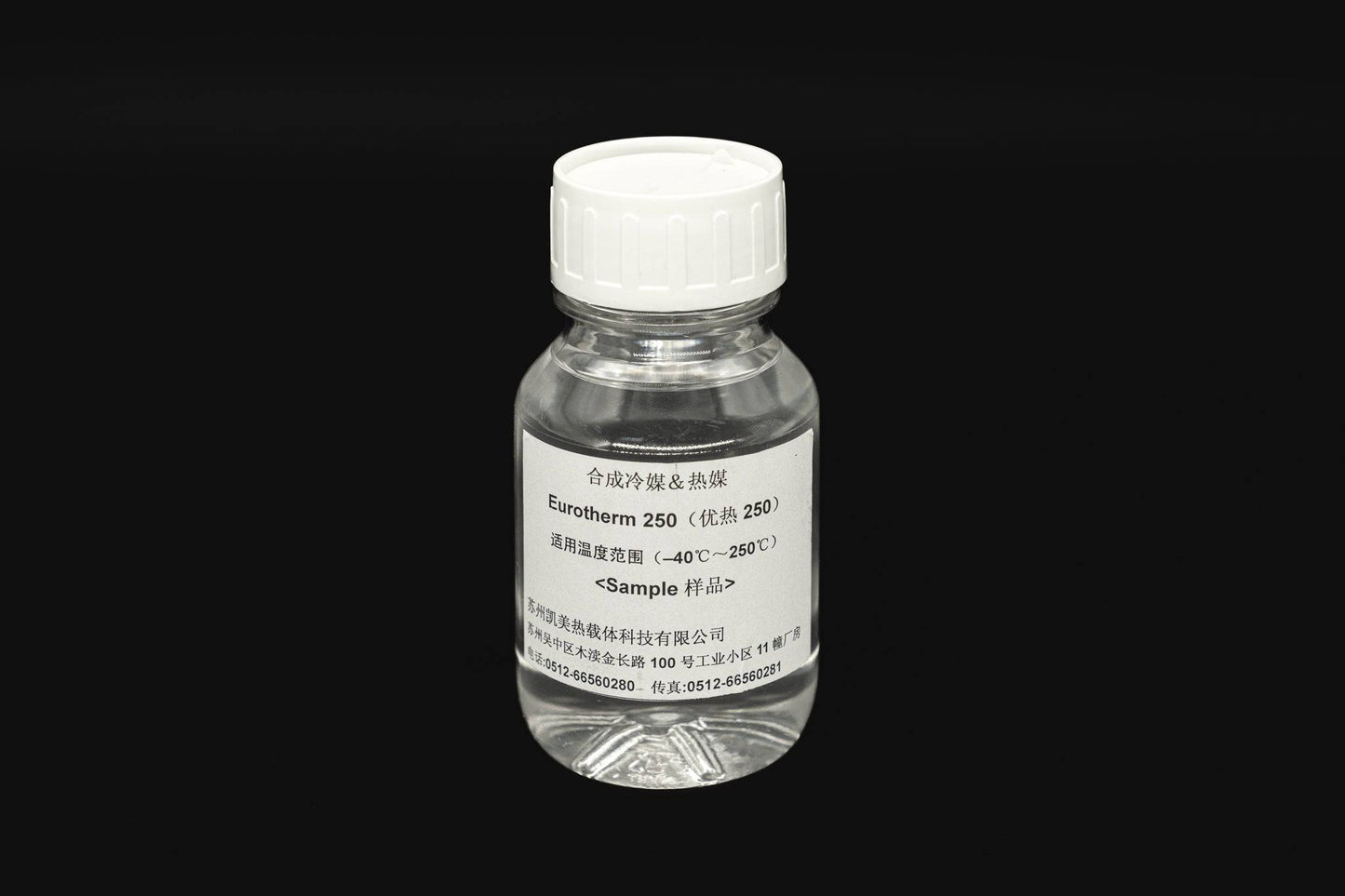What Does Chemie Do?
What Does Chemie Do?
Blog Article
Chemie Fundamentals Explained
Table of ContentsSome Of ChemieThe 45-Second Trick For ChemieSome Known Questions About Chemie.9 Simple Techniques For ChemieThe 20-Second Trick For ChemieChemie for Beginners
(https://www.openlearning.com/u/betteanderson-spu5uc/)Calculated change in electrical conductivity of liquid samples as a function of time when stirred with the material sample in the closed indirect cooling loop experiment. Number 6 shows the change in the measured electric conductivity of the liquid samples when stirred with the material example. The conductivity of the water sample from the shut loop experiment reduced by approximately 70% from 11.77 S/cm to 3.32 S/cm in 6 hours.These results suggested that the capability of the material depends upon the test liquid made use of for the experiment. This shows that different ions existing in the fluid will certainly lead to different ion exchange ability of the fluid. Consequently, determining the ion exchange resin capability with the fluid example from the actual air conditioning loop is very important.
The Ultimate Guide To Chemie
Therefore, an ion exchange material cartridge containing 20g of Dowex blended bed material might take on order 938 days to fill. In various other words, to maintain a low electrical conductivity, a material cartridge with the dimension and weight requirements as that of the material cartridge made use of in the experiment, require to be changed every 30 months for the cooling system that was utilized in the experiment
The cooling of digital components has actually ended up being a major obstacle in current times due to the advancements in the design of faster and smaller sized components. The use of a fluid coolant has actually come to be eye-catching due to the greater warm transfer coefficient accomplished as compared to air-cooling.
The Buzz on Chemie
A single stage cooling loop is composed of a pump, a warm exchanger (cold plate/mini- or micro-channels), and a warmth sink (radiator with a follower or a liquid-to-liquid warmth exchanger with cooled water cooling). The warm source in the electronics system is connected to the warm exchanger. Liquid coolants are additionally used in two-phase systems, such as warmth pipes, thermo-siphons, sub-cooled boiling, spray air conditioning, and direct immersion systems [2, 4]
The needs may vary depending upon the kind of application. Complying with is a checklist of some basic requirements: Excellent thermo-physical residential properties (high thermal conductivity and particular warmth; low thickness; high hidden warm of evaporation for two-phase application) Low freezing factor and ruptured point (in some cases ruptured security at -40 C or reduced is required for shipping and/or storage objectives) High climatic boiling point (or reduced vapor pressure at the operating temperature) for single stage system; a narrow preferred boiling point for a two-phase system Great chemical and thermal security for the life of the electronic devices system High flash factor and auto-ignition temperature (in some cases non-combustibility is a demand) Non-corrosive to materials of building and construction (steels in addition to polymers and various other non-metals) No or very little regulatory constraints (eco-friendly, harmless, and possibly naturally degradable) Affordable The most effective electronic devices coolant is an affordable and harmless fluid with excellent thermo-physical homes and a lengthy life span.
A Biased View of Chemie
A lot of these fluids have a non-discernible odor and are nontoxic in situation of contact with skin or consumption. As mentioned before, aliphatic PAO-based liquids have actually changed the silicate-ester liquids in a range of military electronics (and avionics) cooling applications in the last decade. Another course of popular coolant chemistry is dimethyl- and methyl phenyl-poly (siloxane) or generally called silicone oil.
Fluorinated substances such as perfluorocarbons (i.e., FC-72, FC-77) hydrofluoroethers (HFE) and perfluorocarbon ethers (PFE) have specific special homes and can be utilized in call with the electronics [4, 8] Of all, these fluids are non-combustible and safe. Some fluorinated compounds have zero ozone depleting prospective and various other environmental buildings.
This coolant is classified as harmful and need to be dealt with and disposed of with care. The top quality of water made use of for the preparation of a glycol service is very essential for the system.
Getting My Chemie To Work

Aside from lack of toxicity, it has no advantages over ethylene glycol, being higher in cost and even more thick. This is a low cost antifreeze solution, discovering usage in refrigeration solutions and ground source heatpump. Comparable to glycols, this can be prevented to quit corrosion. This liquid can be used to -40 C due to its reasonably high rate of warm transfer in this temperature level range.
It is taken into consideration more harmful than ethylene glycol and subsequently has actually discovered check my blog usage only for process applications located outdoors. Methanol is a combustible liquid and, as such, presents a prospective fire risk where it is saved, managed, or utilized.
The Ultimate Guide To Chemie
As a flammable liquid, it calls for specific safety measures for dealing with and storage. Aqueous remedies of calcium chloride discover wide usage as flowing coolants in food plants. The primary applications of these fluids are in the food, beverage, drugs, chemical and weather chamber applications, recently these liquids have been investigated for single-phase convection cooling of microprocessors.
Report this page